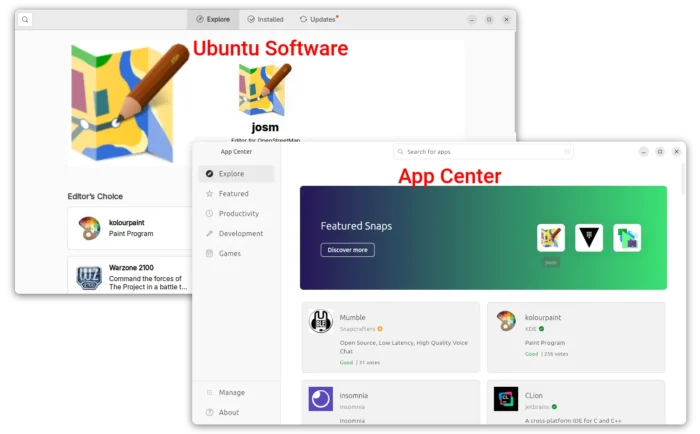For testing purpose, Microsoft .NET 10 (preview version so far) is available to install in Ubuntu 22.04, Ubuntu 24.04, and 25.04 through PPA.
.NET 10 is the next LTS (Long Term Support) release with 3 years of support. It’s so far in preview development stage, while the full release is expected in November 2025.




















